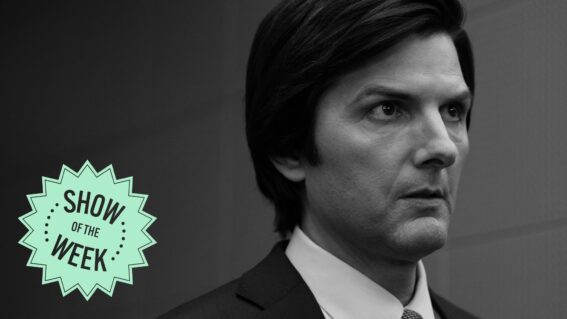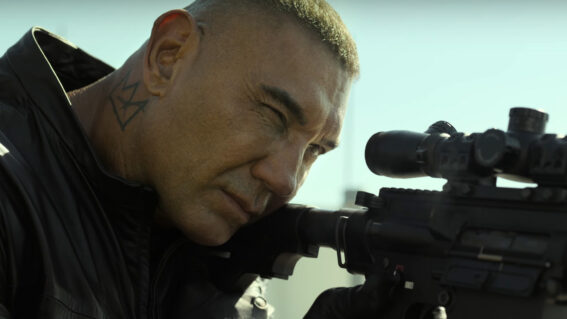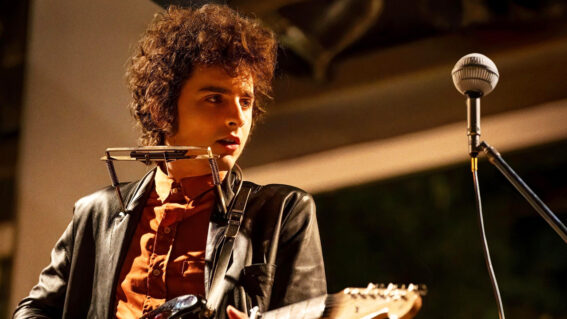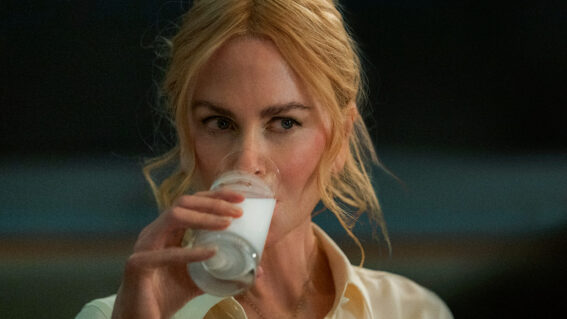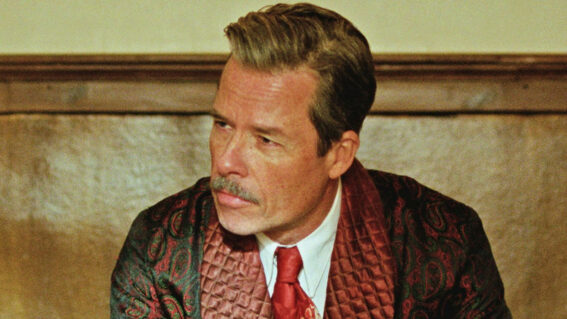Stylebender director Zöe McIntosh’s five-year journey following Israel Adesanya
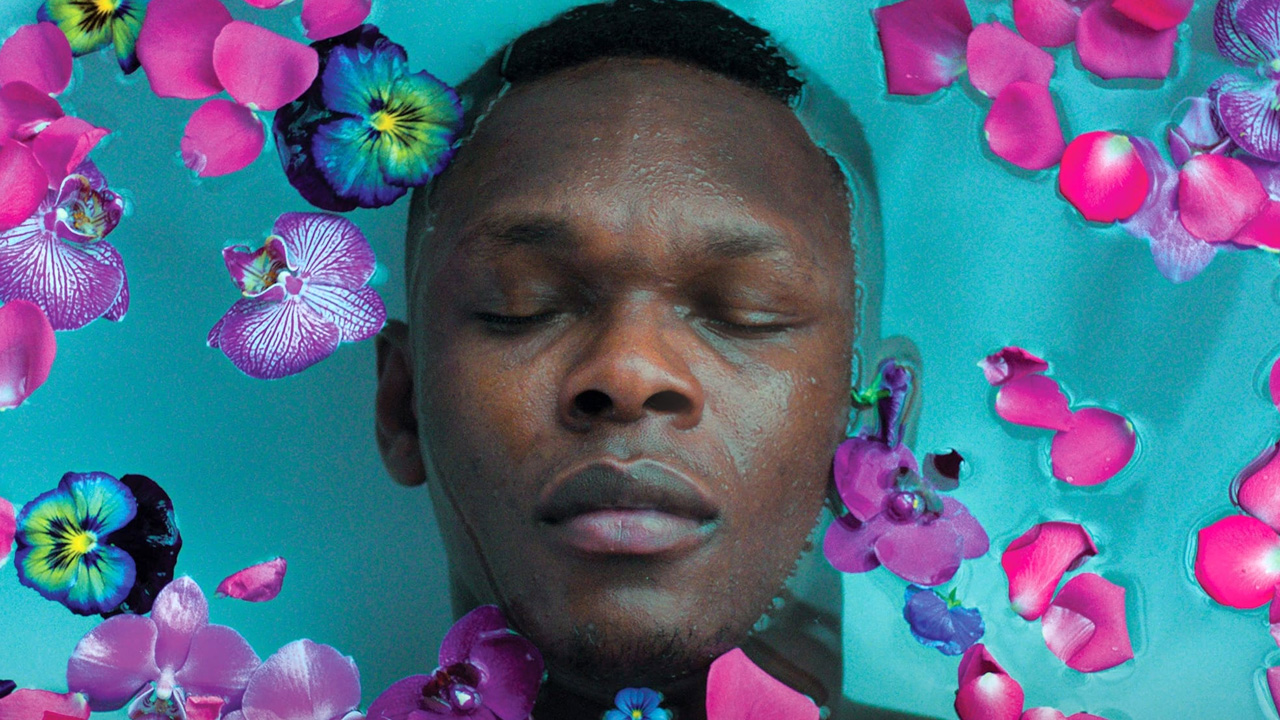
Israel Adesanya is an out-of-this-world fighter who is as complex as he is powerful. The film Stylebender, which follows the UFC champion’s rise over the course of five years, comes from award-winning Aotearoa director Zöe McIntosh, who perhaps is best known for 2013’s The Deadly Ponies Gang and Netflix series Dark Tourist. Liam Maguren chats to McIntosh about the joys, difficulties, and processes of making a film on such a one-of-a-kind person.
Stylebender
THE FOLLOWING INTERVIEW HAS BEEN EDITED FOR BREVITY AND CLARITY
Partway through Stylebender—a fascinating beyond-the-cage portrait of Nigerian-born, New Zealand-based MMA Champion Israel Adesanya—director Zöe McIntosh asks him a direct question: “Who is Israel Adesanya?” His first response? A sheepish chuckle. As a man overflowing with talent, pursued by a troubled past, expressive to a fault, and victim of certain vices, he knows that simple question can only be met with a big and complex answer. It’s what makes him the perfect subject for a documentary.
Chatting over Zoom, I put forth the same question to the director: Who is Zöe McIntosh? She, too, chuckles sheepishly. “I am someone who is deeply fascinated by characters,” McIntosh answers, “getting out of my comfort zone, and testing myself both physically and mentally—I do that through kite surfing and I’m a volunteer firefighter.”
Adesanya knows a thing or two about pushing physical and mental barriers, which we witness plenty of in the film. Perhaps more eye-opening is seeing Adesanya’s discomforts, laid out through some tremendously intimate therapy sessions, as well as his grand comforts, like the pedicures he proudly partakes in.
McIntosh continued: “I couldn’t resist this delicious combo of a very macho fighter who was also in touch with his feminine side, explores therapy, dances, and gets his nails done. On a surface level, there were great contrasts.”
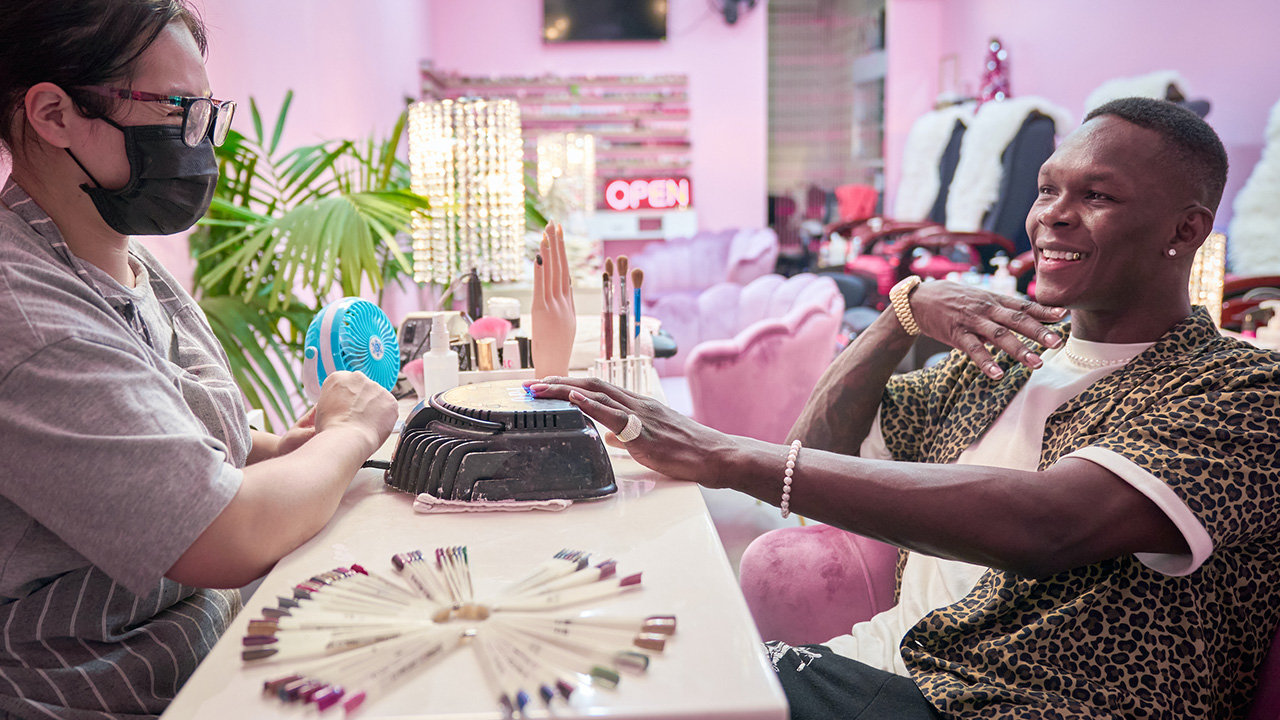
McIntosh didn’t follow UFC before taking on Stylebender, which may sound strange, but she believes it gave her an advantage. “I think as a result, there’s a really fresh, unique perspective on the sport. I strongly believe a male, especially one who wasn’t a UFC fan, couldn’t have made this film. I think it’s unique because of my gender and the fact that I wasn’t a UFC fan, to begin with.”
I knew where McIntosh was coming from, sharing the fact that I’d seen too many aggrandising sports biopics that felt like surface-level hero worship. “I think a lot of sports documentaries and a lot of documentaries on famous people, don’t tend to dig deep or ask the really hard questions of their subjects,” McIntosh added. “But to me, I wasn’t interested in that. This film couldn’t survive if it didn’t show anything fresh. He’s saturated through the internet. So, first and foremost, I had to make a film that showed something fresh, and I really do believe that this film does that. You’re seeing a lot of new facets and insights into Israel.”
McIntosh spent five years following Adesanya to grasp those facets and insights. While it’s a dream for any documentarian to capture the meteoric rise of their subject as it happens, it also led to one of the production’s biggest hurdles: Adesanya’s fame. “He was really busy, so getting that intimate time was actually quite tricky. And when I had those moments, I had to be really specific with what I was asking and get there deeply. I couldn’t muck around, so I researched both [trainer] Eugene [Bareman] and Israel to a deep level—watched every single interview, watched every single fight.”
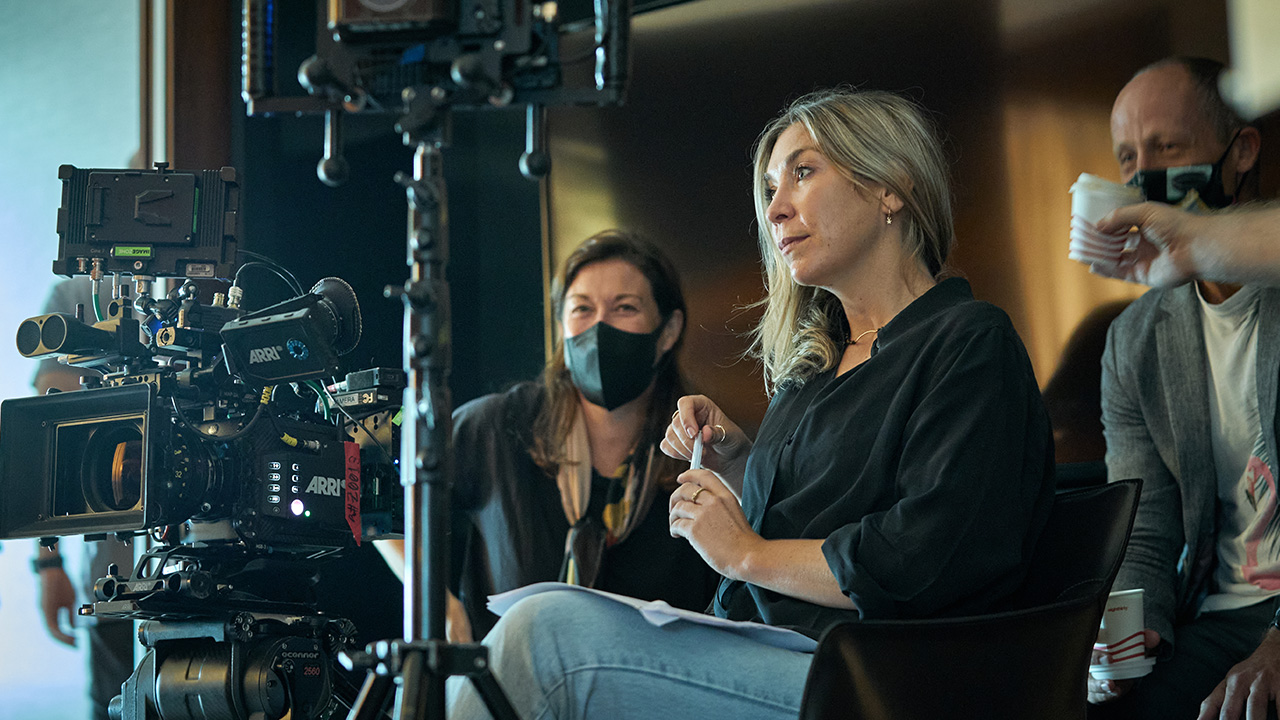
Zöe McIntosh (Photo Credit: Sara Hewson)
Watching past fights is one thing; watching them live is another. I asked McIntosh what went through her mind, as a director, seeing Adesanya fight during the making of this film. “I’d be the first to admit that brutality was very confronting, I found it extreme. I would almost wince every time I would watch people fight.
“And then, over time, I learned a lot more about the nuances, the craft, the art, and all the preparation that these fighters do in order to win the fight. It looks like a solo pursuit but the big outtake for me was it’s certainly not. You’ve got so many people—coaches, teammates—feeding into that champion.”
Also feeding into the champ was Janet Redmond, a Possibilities Manager who helped Adesanya work through past trauma. It’s a hell of a thing to be able to capture on film, something reliant on a deep trust between subject and filmmaker. “That trust was a bit of a slow burn, but eventually, he was really open for it, you know, for him to let me film his therapy sessions and observe all those really intense, vulnerable moments. A testament to his character, I think.”
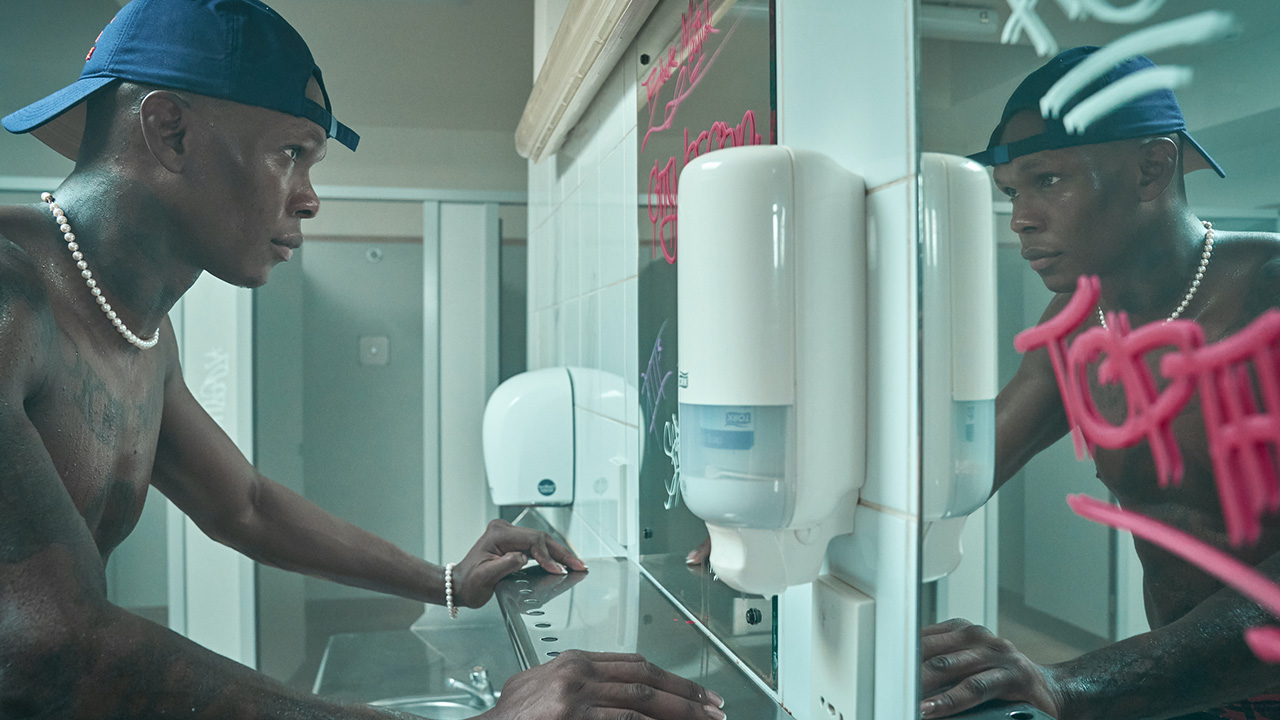
Adesanya’s expression of those historical pains led to one of McIntosh’s fondest memories of the production. “I made the choice to include his crump dancing as a way to illustrate and illuminate what was emotionally going on for him throughout the film. And when I came to filming those dances, I think that was a real highlight for me, because I could feel it.
One such dance sequence, set in a urinal, depicts Adesanya’s memories of being bullied at school. “Instead of doing cheesy reconstructions with actors, we’re watching this guy dance that feeling—what it was like to be bullied. That was a real high for me because I felt it, and I just know that, when audiences are watching the film, that’s what will really resonate too.”





